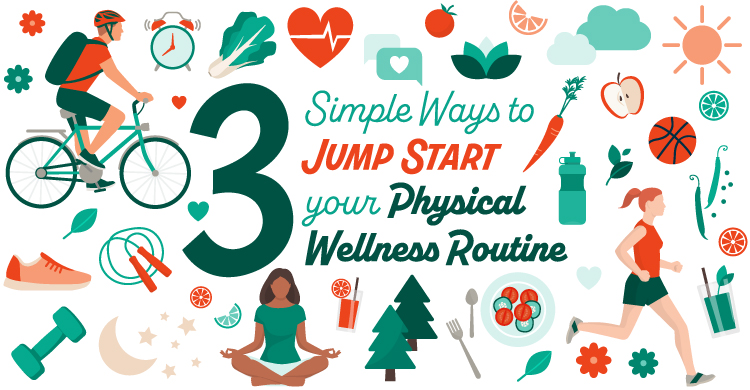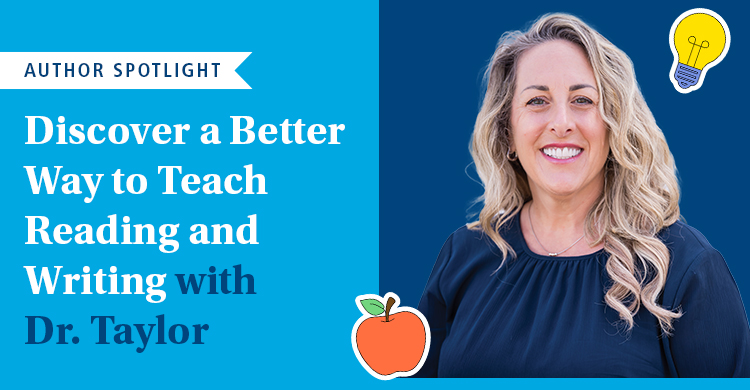As summer unfolds after a busy school year, it’s the perfect time to reset and focus on nurturing our physical wellness. With longer days and a more relaxed pace, now is our chance to establish a solid routine that allows us to bring our best selves to our students, colleagues, and families each day. But where do we begin?
“Your wellness is a personal journey of self-reflection, habits, and routines for a lifetime of continuous improvement.”
— The Educator Wellness Plan Book and Journal
You are exactly where you are supposed to be
Imagine that you have a map in your hands. The map is marked with a large X that says “You Are Here.” Your personal journey to wellness is exactly that—a journey. On the map, there are obstacles, setbacks, celebrations of small victories, and frequent changes; of course we have to learn how to be flexible and patient. The destination goal varies for each person, but real success ultimately lies in the daily choices we make that help us feel like our best selves.
Change does not happen overnight. The more mindful we are in taking an honest evaluation of the daily choices we make, the better we can become at creating tiny, consistent habits toward our personal health journey. Some days won’t be perfect, and that’s OK! As educators, we know that perfection does not exist. What really matters is your willingness to start, and what better time to implement these small changes than summertime? Creating this foundation will set you up for success throughout the school year and keep your momentum going for continuous improvement. As long as you are pressing forward through your journey on your individual map, you are heading in the right direction.
Your routine is unique to you
“The best wellness routines become sustainable when you start with small victories, view any setbacks as data and use those data as an invitation to keep moving forward—one step at a time.”
— The Educator Wellness Plan Book and Journal
There is nothing selfish about wanting to take care of your physical wellness. In fact, taking care of our most basic needs allows us to show up better for ourselves and for our students. We need to rely on teacher support and helpful resources as we learn to integrate a healthy classroom culture amidst a challenging workload and while maintaining a work-life balance.
New to teaching and need some guidance? Claim your free copy of The Beginning Teacher’s Journey white paper.
It is important to keep in mind that your routine may not look like someone else’s. We all have different schedules and preferences—there is no “one size fits all” routine. Many of you might be wondering, “How exactly can I create a routine that works for me?”
The answer to this question exists in our willingness to try. Using your setbacks as opportunities to learn what worked and what didn’t is key to moving forward. This, of course, is easier said than done and takes practice. Another key aspect to keep in mind is to set up an environment that works for you, not against you.
For instance, being prepared with healthy food in the fridge or making sure to pack your tennis shoes on vacation for a little extra movement can make all of the difference.
How to set the foundation for success
So, why are routines important? Having a self-care routine can greatly improve the quality of your work and life—especially as a busy educator. For these next few months, take into consideration eating more nourishing food, integrating moderate movement, and establishing a healthy sleep routine. Integrating the three may seem like a balancing act at first. That is why focusing on implementing one physical wellness routine at a time is key.
“You begin summer with the dimension of physical wellness because when you feel better, you are better.”
— The Educator Wellness Plan Book and Journal
Each month will focus on the following routines and reflection practices:
First Month: Food and Hydration
For the first month, consider how your current food choices make you feel. Eating nutritious food and staying hydrated work together to boost your immune system and help you stay more energized and alert throughout the day.
For the next five weeks, we invite you to follow strategies that will lead you to improve your food and hydration habits.
- Week One: Commit to making healthier food choices.
- Week Two: Increase your water intake.
- Week Three: Eat healthy meals throughout the day.
- Week Four: Focus on eating without distractions.
- Week Five: Monitor your food choices and the impact those choices have on your mood.
Make sure to jot down any celebrations, challenges, and noticeable changes in your energy for each week! Keep in mind that what you eat and drink impacts your movement and sleep routines, which are the focus during the next two months.
Second Month: Movement
The focus of next month is on your daily movement routines. First, reflect and consider your current movement routines and how this connects to how you feel each day. There are many benefits to implementing a movement routine, such as enhanced cardiovascular health, improved mood from endorphin release, and increased strength and flexibility, to name a few.
Follow these weekly strategies to slowly integrate movement week by week:
- Week One: Track your sitting time during the day.
- Week Two: Find time for your favorite movement activity.
- Week Three: Set a goal of moving for 150 minutes throughout the week and track your progress toward the goal each day.
- Week Four: Ask a partner to join you for a 70,000 steps-in-a-week challenge.
- Week Five: Be intentional about placing movement activities into your calendar.
Just like last month, write down celebrations, challenges, and noticeable changes in your energy for each week. What was beneficial for you? What activity or exercise did you enjoy?
Third Month: Sleep and Rest
The last routine to implement at the end of summer is sleep and rest. Reflect and consider how much sleep and daily rest you get during each 24-hour cycle. Adequate sleep is crucial for maintaining overall health and well-being. It allows your body to repair and regenerate, supports cognitive function, and helps regulate mood and stress levels.
Follow these weekly strategies to become more mindful of your sleep patterns:
- Week One: Track how much time you spend sleeping each night.
- Week Two: Create and implement a wind-down routine before bed.
- Week Three: Incorporate one or two new recommended sleep strategies.
- Week Four: Track how much rest time you take throughout your day.
- Week Five: Incorporate purposeful rest into your day.
What was the most challenging part about getting the right amount of sleep? How do you feel after a full night of rest? Take a moment to express gratitude for being open to integrating these daily habits into your life.
Utilizing this time in the summer to build these three solid habits—being mindful of your food choices, incorporating more movement into your day, and ensuring adequate sleep—will establish a strong foundation for your daily teacher wellness routine and better prepare you for the upcoming school year. Remember that your journey to physical wellness is unique to you, so it’s important to find what works best for you. By focusing on these habits now, you’ll be setting yourself up for success in both your personal and professional life as the new school year approaches.
About the educator
Tina H. Boogren, PhD, is a fierce advocate for educators, particularly for their well-being. She is the author of numerous best-selling books centered around her passion areas of quality instruction, coaching, mentoring, and wellness and is co-director of Solution Tree’s Wellness Solutions for Educators with Dr. Timothy D. Kanold. She hosts the weekly podcast Self-Care for Educators with Dr. Tina H. Boogren and has received several accolades, including being ranked #5 among the Top 30 Global Gurus in Education.
Interested in learning more about how to incorporate your wellness routine throughout the school year and beyond? Learn more in Tina H. Boogren’s books,






